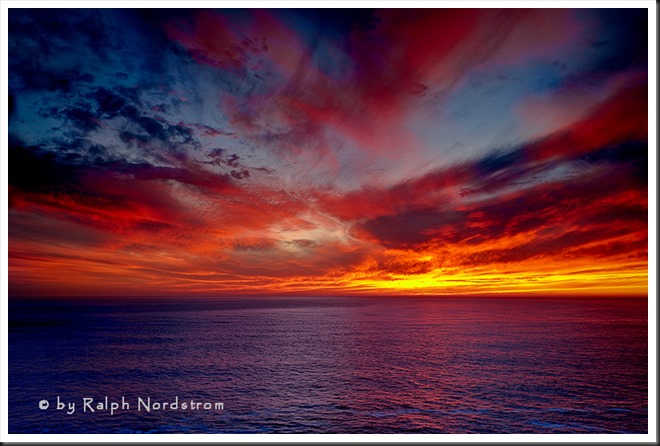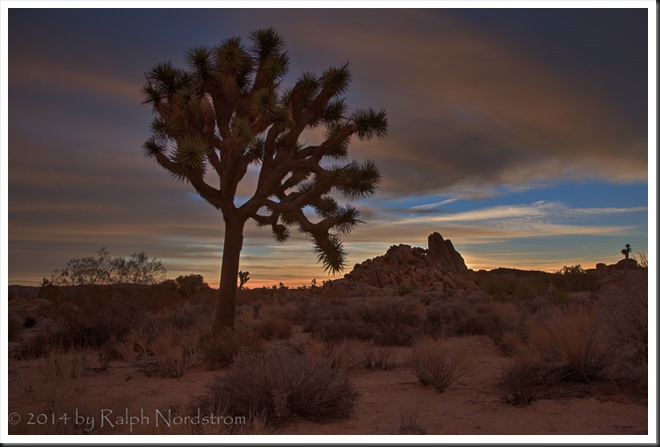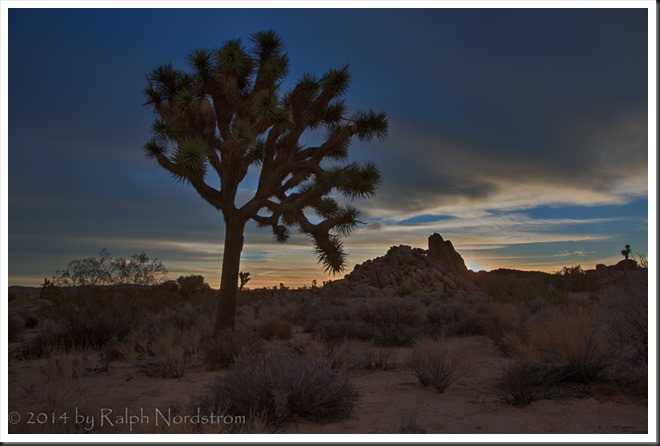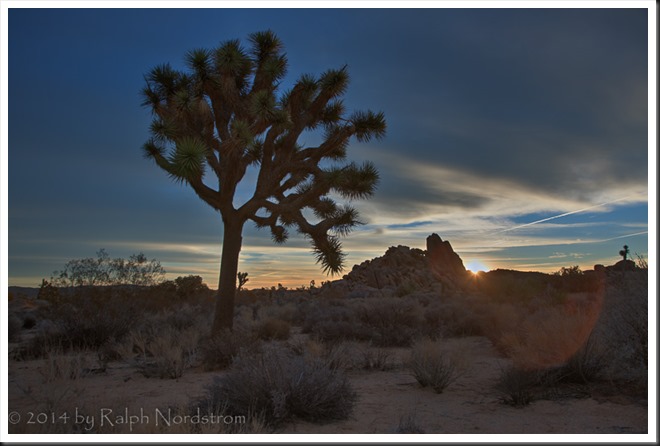We all love a beautiful sunset, especially when the clouds glow with color. The same happens with sunrise although there may not be as many of us up to enjoy it. There’s something special about sunsets and sunrises that bring joy and wonder to our hearts.
My personal favorite is sunrise. I like to arrive while it’s still dark and set up my camera in the cold, crisp morning air. I like standing under the fading stars waiting for the sun to come. I like the stillness of the earth at that time of day. For me, it’s magical.
To get the most out of sunrises and sunsets, it’s helpful to know what’s going on in the sky. (I’ll talk just about sunrises now but much of the same things apply to sunsets.) A lot depends on the clouds. If the sky is completely overcast then you’re not likely to have much of a sunrise or sunset. If the sky is clear then you’ll have a totally different experience. But if the sky is strewn with scattered clouds you may be in for a wonderful experience. And yet it’s hard to predict.
In order for the clouds to light up, the sunlight has to get underneath them. This happens when there is a break in the clouds that the sunlight can get under when the sun is below the horizon or right on it. And when there is such a break it’s often beyond the horizon where you can’t see it. So sometimes you might think there would be a great sunrise but it just doesn’t materialize.
But given that the clouds are right for a great sunrise, it’s helpful to know a few other things about dawn and twilight and a little bit of astronomy. For example, did you know there are actually three twilights? Yes, there are. In the morning the first twilight is astronomical twilight. It gets its name from the fact that as the sun approaches the horizon eventually the sunlight starts illuminating the upper reaches of the atmosphere to the extent that it becomes difficult for astronomers to view the very faint objects in outer space. Astronomical twilight begins when the sun is 18° below the horizon. For practical purposes, that’s about an hour and a half before sunrise.
When the sun reaches 12° below the horizon we transition from astronomical twilight to nautical twilight. Nautical twilight gets its name from sailors of course. Before GPS and navigation systems, sailors navigated using a sextant. But to be able to use the sextant they needed to see the horizon. And nautical twilight is when they can first make it out and can take their readings. For our purposes, it still very dark, dark enough to require a headlamp or some other source of light to see our way around. Nautical twilight starts about one hour before sunrise.
Nautical twilight brightens into civil twilight when the sun is 6° below the horizon. Civil twilight is when the world becomes bright enough to be able to get around without any additional light. One way of describing civil twilight is that there is enough light to read a newspaper by. Civil twilight starts about a half hour before sunrise.
By the way, the times I’ve given you will very according to where you are on the earth and the season. You can find exact times of the three twilights in programs like The Photographers Ephemeris.
Why is it important to know about the three twilights? Well, that’s because the display of color changes with the progression through the twilights. When photographing sunrise I like to arrive on scene no later than the beginning of nautical twilight. The predawn sky is as clear as it’s going to be and ablaze with stars. It’s a wonderful time to directly experience the immensity of the creation.
Not long ago I was out in Joshua Tree National Park at my favorite sunrise location, Sheep Pass. I was with some very good friends and we arrived more than an hour before sunrise. That would be during astronomical twilight. I shot a progression of photographs firstly to get a better idea for myself when the colors pop and secondly to create this blog. I want to share those photographs with you now, what was going on in the heavens and how I captured it. I should point out however that when you’re photographing during astronomical and nautical twilight, the images come out much brighter and clearer than what you are experiencing. It’s really dark at this time of morning and the camera is able to see what we are unable to see.
Before getting into the details of the light I do want to mention that all of the photographs I’m going to show you are HDR. I use that technique frequently at this time of day so that I can capture detail in the dark foreground. I did five exposures bracketed by 1 1/3 stops and confirmed that this was adequate to cover the extreme dynamic range by checking their histograms. I should also point out that I used a daylight white balance instead of automatic or anything else. I do 99% of my photography using daylight white balance. I do this so I can get a consistent color and a standard color reference for all of my photographs. If I had use auto white balance the camera would have tried to correct for the strong colors casts which, as we will see, are reds and pinks. But what we’re out there for is the color and we don’t want it corrected away. Back in my darkroom I processed those photographs with Photomatix Pro 5.0. In Lightroom 5 I adjusted color temperature on the last photograph to set the clouds to pure white and then used the same adjustment on all the previous photographs. I was really pleased with the results. When I was actually out there I was marveling at the purity of the blue in the sky and this final color temperature adjustment achieved that same purity in the final images.
Astronomical Twilight
Sunrise that morning was at 6:49 according to The Photographers Ephemeris (TPE). I took my first photograph at 5:42, in the last few minutes of astronomical twilight. The crescent moon was hovering in the morning sky. The eastern horizon was becoming alive with the first rays of the coming day. Already the color was showing. The earth was still dark, requiring our headlamps to get around. I’m familiar with this area so I selected my favorite tree for the foreground and the rock outcrop that I like so much as the background.
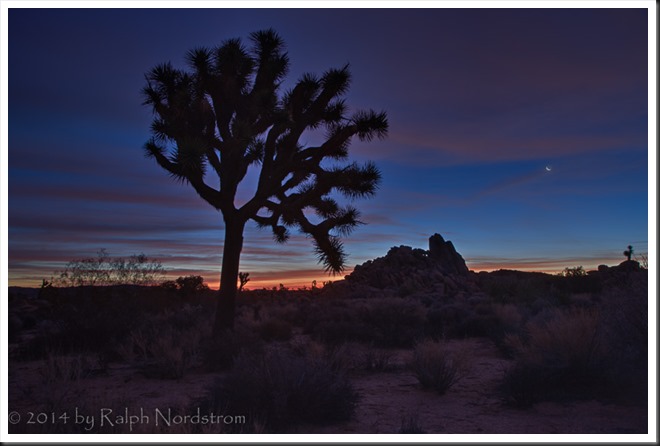 In this photograph I was pleased to see that the clouds were already starting to pick up some of the colors of dawn, even though they weren’t apparent to me as I stood there. Like I said above, there are times when the camera sees what we don’t see which is one of the magical qualities of photography.
In this photograph I was pleased to see that the clouds were already starting to pick up some of the colors of dawn, even though they weren’t apparent to me as I stood there. Like I said above, there are times when the camera sees what we don’t see which is one of the magical qualities of photography.
Nautical Twilight
On this morning, nautical twilight began at 5:51. This next shot was captured at 5:54, just three minutes into nautical twilight. It was still dark and I hadn’t put my headlamp away yet.
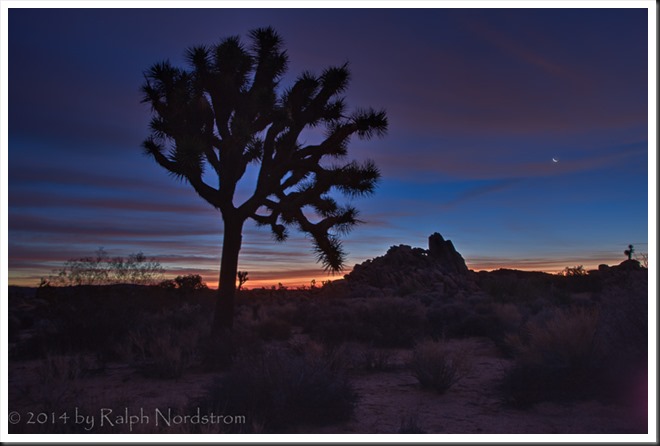 What’s happening in this next progression of pictures is pretty subtle. The light is gathering on the eastern horizon and slowly making its way up into the sky. At 5:58, seven minutes into nautical twilight, a little yellow starts appearing in the eastern sky. That’s a progression of colors that’s very typical of sunrises. The first colors you see are pinks and reds and they gradually transitioned into yellows and oranges.
What’s happening in this next progression of pictures is pretty subtle. The light is gathering on the eastern horizon and slowly making its way up into the sky. At 5:58, seven minutes into nautical twilight, a little yellow starts appearing in the eastern sky. That’s a progression of colors that’s very typical of sunrises. The first colors you see are pinks and reds and they gradually transitioned into yellows and oranges.
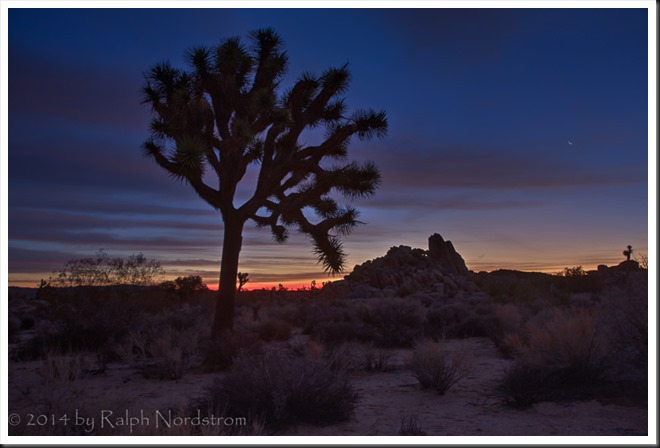 At 6:07, 15 minutes or half way into nautical twilight, the colors of dawn begin to spread across the sky. This is the moment we’ve been waiting for.
At 6:07, 15 minutes or half way into nautical twilight, the colors of dawn begin to spread across the sky. This is the moment we’ve been waiting for.
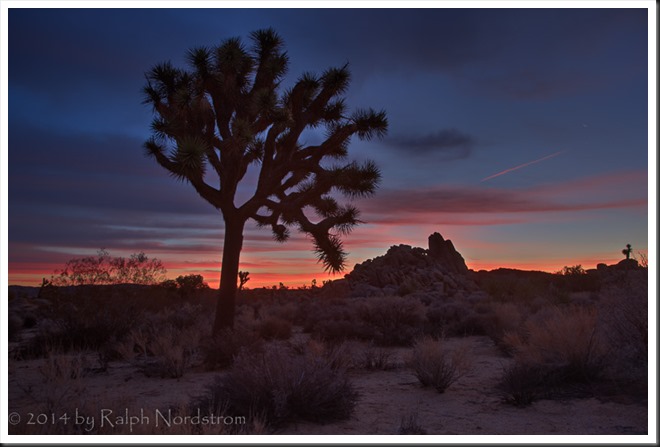 The pinks and reds advance until the whole sky is ablaze with color. Enjoy with me now this spectacle of dawn.
The pinks and reds advance until the whole sky is ablaze with color. Enjoy with me now this spectacle of dawn.
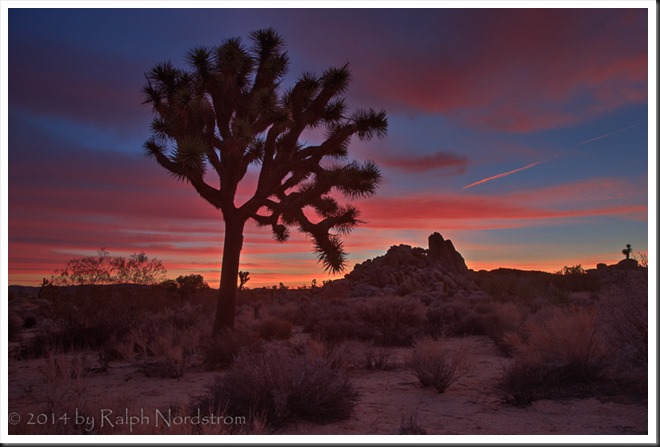 6:09, 18 minutes into nautical twilight and 39 minutes before dawn
6:09, 18 minutes into nautical twilight and 39 minutes before dawn
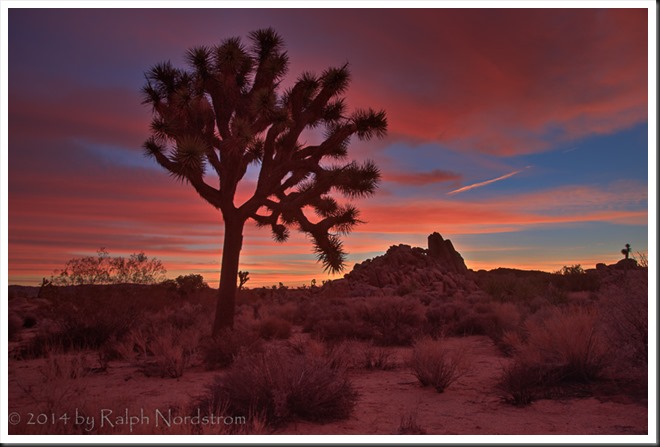 6:12, 21 minutes into nautical twilight and 37 minutes before dawn
6:12, 21 minutes into nautical twilight and 37 minutes before dawn
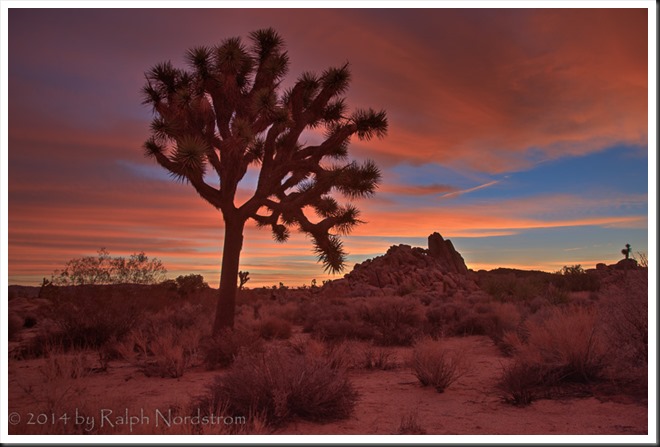 6:16, 25 minutes into nautical twilight and 33 minutes before dawn
6:16, 25 minutes into nautical twilight and 33 minutes before dawn
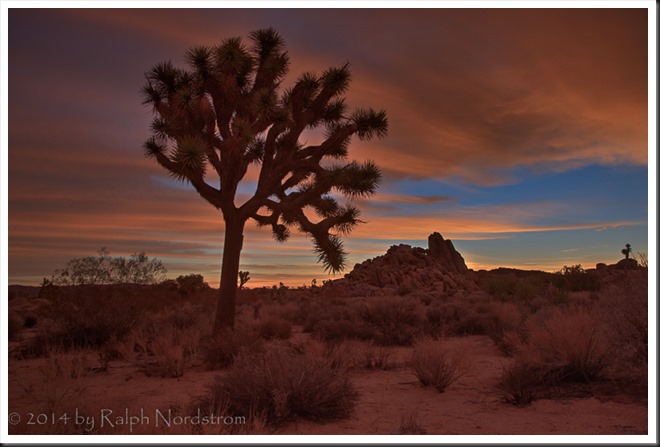 6:19, two minutes before the end of nautical twilight and 30 minutes before dawn
6:19, two minutes before the end of nautical twilight and 30 minutes before dawn
Notice that by the end of nautical twilight the pinks and reds are already starting to change to yellows, oranges, and golds. On this particular morning the golds and yellows didn’t light up as much as the reds and pinks did.
Another thing to take note of is how the color of the clouds altered the color of the earth below. In the last several pictures the earth becomes the same pink color as the clouds. That’s because the clouds now are the primary source of light and they are imparting their color on everything below. We don’t see this as we’re standing there because our minds show us what we expect to see, not what’s actually there. But the camera doesn’t miss it. The camera sees it all whether we see it are not.
We now transition into civil twilight.
Civil Twilight
By the time civil twilight starts the color show is already starting to fade. The reds and pinks have given way to the oranges and yellows. The golden light that we prize so much in the hour after sunrise, that wonderful light that makes the earth glow so, is still above us in the clouds. It will eventually descend on us as the clouds turn to white. It’s interesting how the clouds foretell of what will be coming to use on Mother Earth below.
6:22, 1 minute into civil twilight and 27 minutes before sunrise
There’s still color in the sky but it’s fading fast. This is a period of time that is actually the least spectacular part of sunrise. The clouds have lost their color and the sun is minutes away from bursting forth on the landscapes around us.
6:32, 11 minutes into civil twilight and 17 minutes before sunrise
Ten minutes later and the color is pretty much gone from the clouds above although there is still come color on the horizon. This is caused by a small amount of dust and pollution to the east. But now get ready for a surprise.
6:41, 7 minutes before sunrise
“Seven minutes before sunrise,” you ask? Isn’t that the sun peaking over the rocky outcrop? And yes, it is. But it’s an illusion. Because actually the sun is still below the horizon. The light coming from the sun is bent by the atmosphere like a straw in a glass of water so that we can actually ‘see’ the sun before it technically arrives. In other words, we’re seeing the sun while it’s still physically below the horizon. Bet you didn’t know you could see around corners or over horizons, did you. This marks the start golden hour so it’s still too early to pack up your gear and head for breakfast. There’s another good 30 to 60 minutes of incredible photography.
Summary
This was an example of sunrise. The most intense coloration in the clouds occurred about 45 minutes before sunrise – pretty much the middle of nautical twilight. But for those of us that enjoy the experience of dawn, there’s plenty going on an hour before sunrise. I’ve always wanted to get a more precise timeline of the light show at sunrise and sunset and this was the perfect opportunity. It really helps with the planning, especially in the morning.
Remember, at sunset the timeline is reversed. Many sunset photographers make the mistake of leaving once the sun dips below the horizon. It’s an easy mistake to make because the sky is least impressive then. But those with the patience to stick around for another 45 minutes to an hour can be richly rewarded. I always say, “When the light is happening, food has to wait!”
I hope you also find this timeline useful and that you get some fantastic sunrise and sunset shots. And when you do, please share them with me. I’d love to see them.
We do photography workshops. Come on out and join us. Click here to check us out.
You can also check out our photography. Click here.
(4217)

